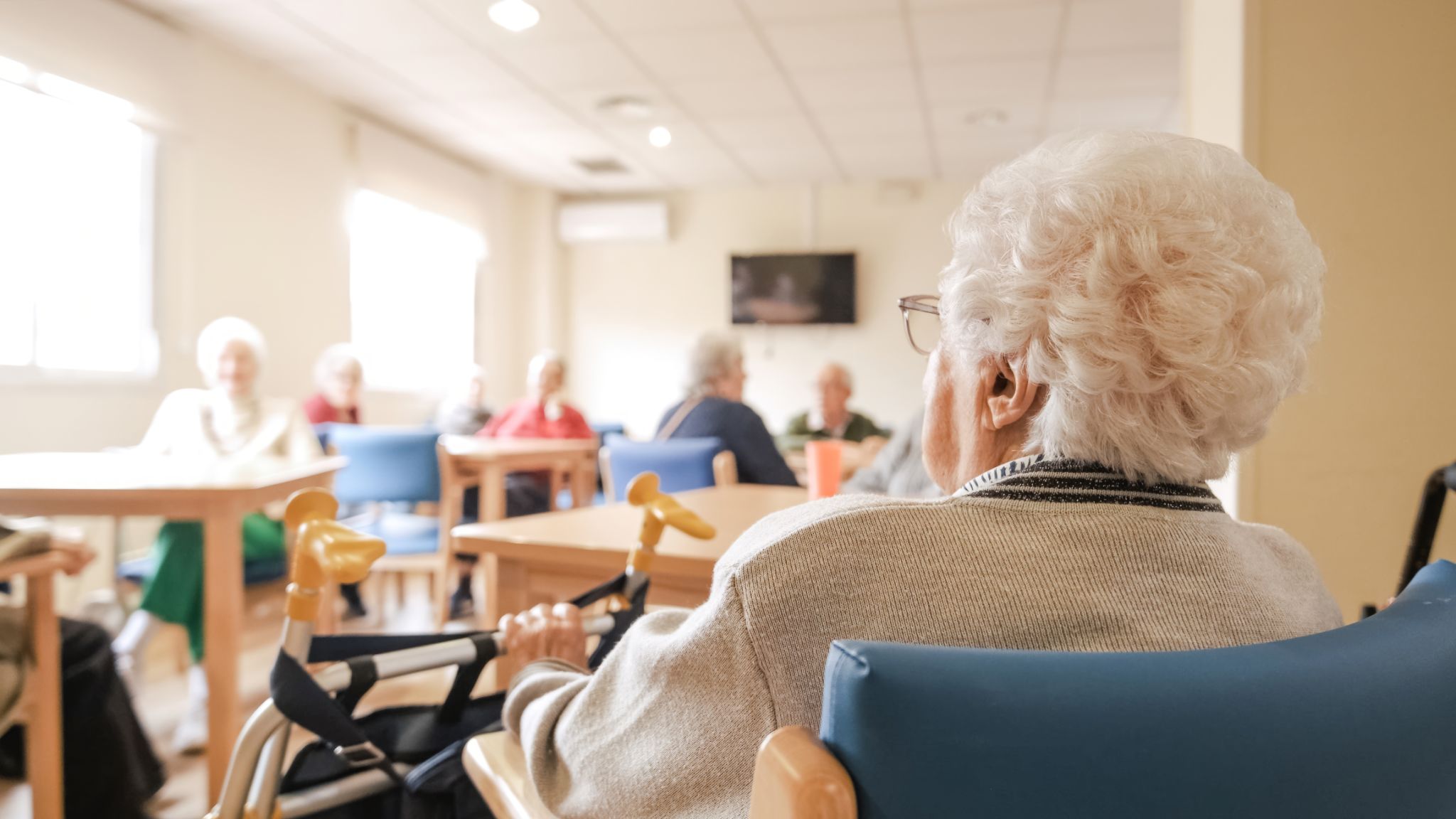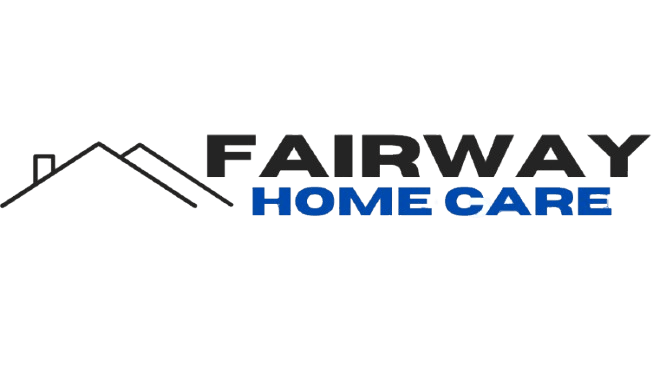Understanding the Increased Demand for At-Home Elderly Care
Understanding the Increased Demand for At-Home Elderly Care
In recent years, there has been a notable surge in the demand for at-home elderly care services. This trend is driven by several factors, including an aging population, a desire for personalized care, and advancements in healthcare technology. As more families recognize the benefits of keeping their loved ones in a familiar environment, the need for at-home care continues to grow.

Aging Population
The global population is aging at an unprecedented rate. According to the World Health Organization, the number of people aged 60 and over is expected to double by 2050. This demographic shift is creating a greater need for elderly care services, with many seniors requiring assistance with daily activities as they age.
As life expectancy increases, so does the likelihood of age-related health issues. These conditions often necessitate ongoing care and support, prompting families to seek at-home solutions that cater to their loved ones' unique needs. This growing demand is reshaping the landscape of elderly care, making it more accessible and adaptable.
Desire for Personalized Care
Many families are seeking personalized care options that allow seniors to maintain their independence while receiving the support they need. At-home care services provide a tailored approach, offering flexible solutions that can be customized to suit individual preferences and requirements. This level of personalization is appealing to both seniors and their families, contributing to the rising demand for in-home care services.

Unlike traditional nursing homes or assisted living facilities, at-home care allows seniors to stay in a familiar setting while receiving one-on-one attention from caregivers. This personalized approach not only enhances the quality of care but also improves the overall well-being of elderly individuals.
Technological Advancements
The advancement of healthcare technology has played a significant role in the increased demand for at-home elderly care. Innovations such as telemedicine, remote monitoring systems, and smart home devices have made it easier for caregivers to deliver high-quality care from a distance. These technologies enable seniors to receive medical consultations and monitoring without leaving their homes, providing peace of mind for both them and their families.

Moreover, technology has improved communication between caregivers, healthcare providers, and family members, ensuring that everyone involved in the care process stays informed and connected. This seamless integration of technology into at-home care services has further fueled its popularity among families seeking comprehensive and efficient care solutions.
Conclusion
The increased demand for at-home elderly care is a reflection of changing societal needs and preferences. As more families opt for personalized, technology-enhanced solutions that enable seniors to age in place, the at-home care industry will continue to expand and evolve. Understanding these driving factors can help individuals make informed decisions about the best care options for their loved ones.
